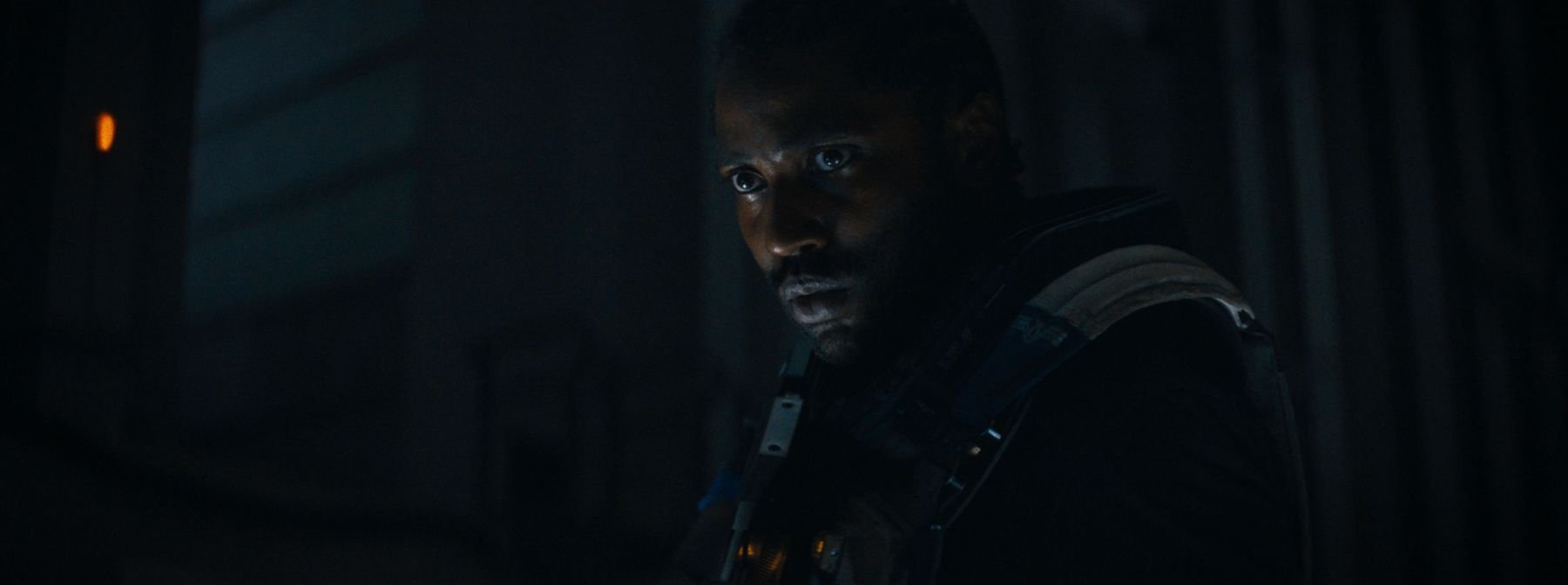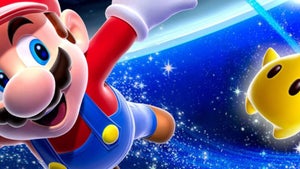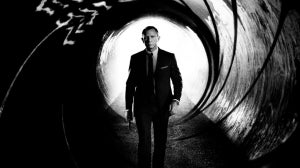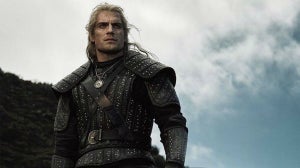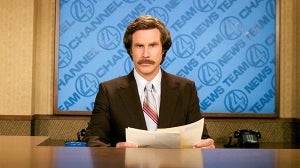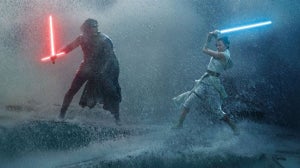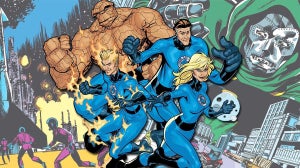
With The Creator, director Gareth Edwards believes he’s completed the “holy trinity” of science fiction movies.
“The big three genres are space movies, aliens, and robots – and I’ve done the first two”, laughed the filmmaker, who has previously ticked off the first two boxes with his previous features, low-budget sci-fi Monsters, 2014’s Godzilla, and 2016’s Rogue One.
https://youtu.be/MAZuGdi32bk?si=W-dl4BTWmSQWdrQL
“After Rogue One, I felt I had robots on my mind all the time. A friend invited me to Vietnam, where I’d never been before, and when you see the landscapes of a beautiful country like that for the first time, you can’t help but think back to how you’ve seen them depicted in movies.
"I was thinking about Apocalypse Now and Platoon at the same time I was wondering what it’d be like if there were robots roaming around; armies of bots at war out on the paddy fields, or picturing the monks going into temples being robots, and what religion a robot could possibly follow.
"I started thinking back to Aliens, and how James Cameron’s pitch was to take a Vietnam War movie and relocate it to space, and I suddenly realised I had the germ of an idea for something I’d not seen in a movie before.
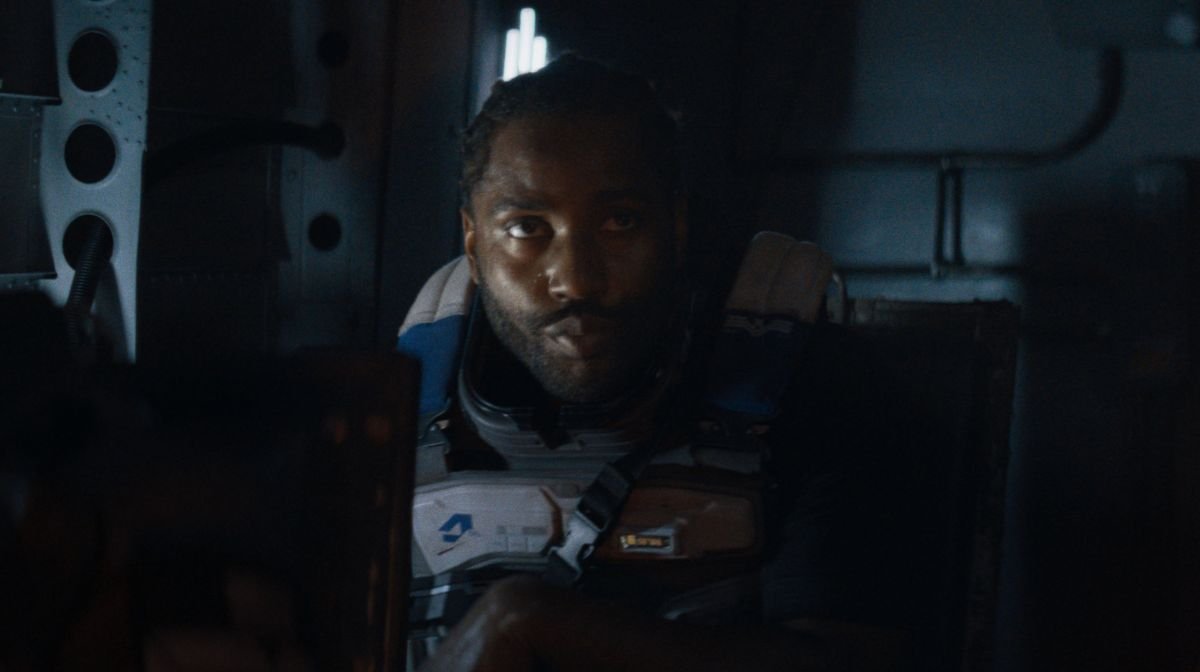
“It got me excited, especially as there are so few gaps in the DVD shelf of sci-fi. I knew someone would eventually make a movie like this one day and I’d be jealous of it, so the race to make it first was on!”
The Creator takes place on an alternate Earth, where the USA is still reeling after Los Angeles was devastated in a nuclear attack 15 years prior. The bomb was launched by artificial intelligence from the East, and a war between Asia and the States has lingered since then.
John David Washington’s Joshua, a disabled ex-special forces agent, is recruited back into the fold to retrieve a weapon from behind enemy lines that US intel suggests could wipe the country out for good.
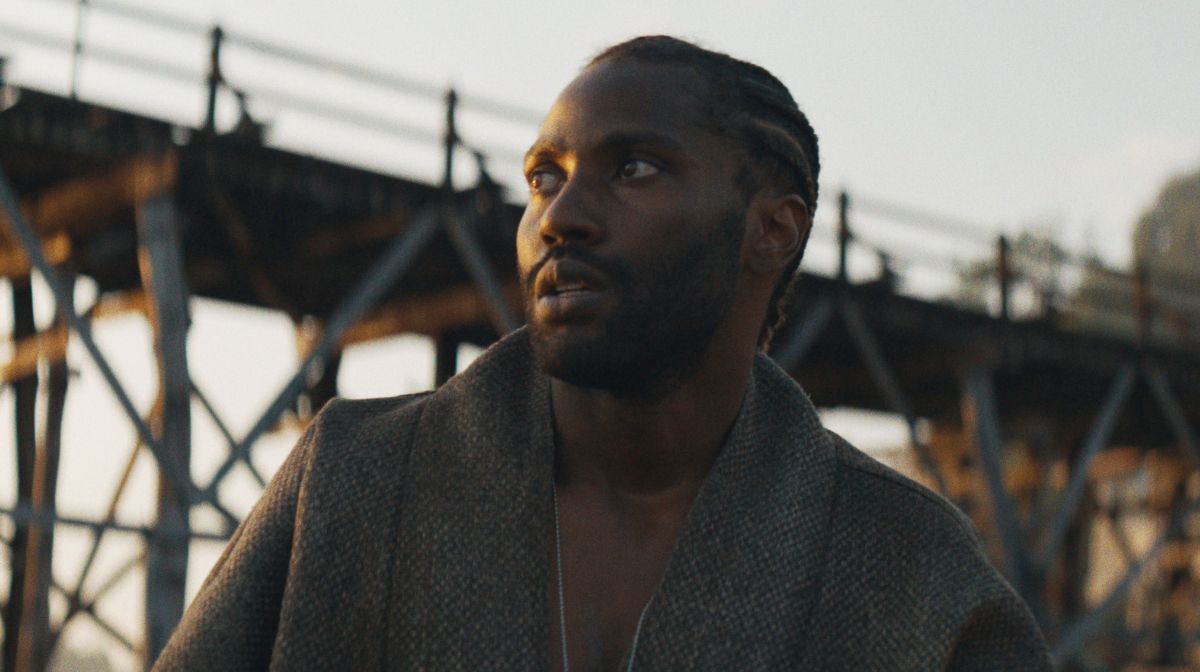
Edwards isn’t afraid to wear his influences on his sleeve, citing numerous sci-fi films from Blade Runner to Akira as shaping his blockbuster's DNA. But the look of The Creator is distinct from any of those movies, opening with 1950s style newsreel footage from an alternate past where robots became our household pets – and then tried to wipe us out.
It’s a striking retro-futuristic style, which as the director explained, was a conscious choice to ensure the movie wouldn’t start to feel dated decades from now, like so many other sci-fi dystopias.
He continued: “I grew up in the 80s and early 90s, so I have that “the future isn't what it used to be” mentality. I prefer how we used to imagine the future would look, and I wanted this film to have a visual style to reflect that.
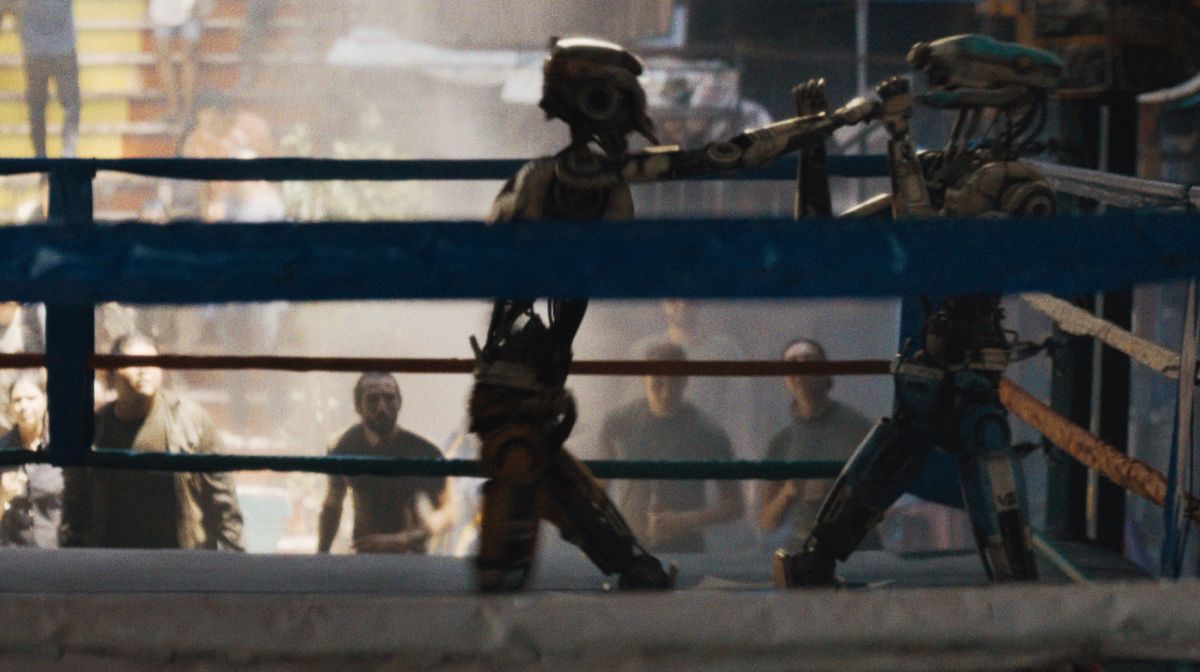
“The way I explained this to our designers was a world where Apple didn’t win the pocket tech war, and that the Sony Walkman did. All the technology in this world is designed as if the Sony Walkman remains at the cutting edge!
“But the main reason it has one foot in the past is because I wanted the audience to feel like they were watching this movie in 2070, not today. I wanted everything leading up to the action to have an archival, retro feel, to look dated even though I’m depicting events that haven’t happened yet.”
Edwards famously shot his debut movie for less than $500,000, illegally filming without permits and editing all the stunning special effects from his bedroom. After spending time in the franchise machine, he wanted to return to that stripped-down, risk-embracing method of filmmaking – as he sees it, the only difference with his debut is the $80 million price tag.
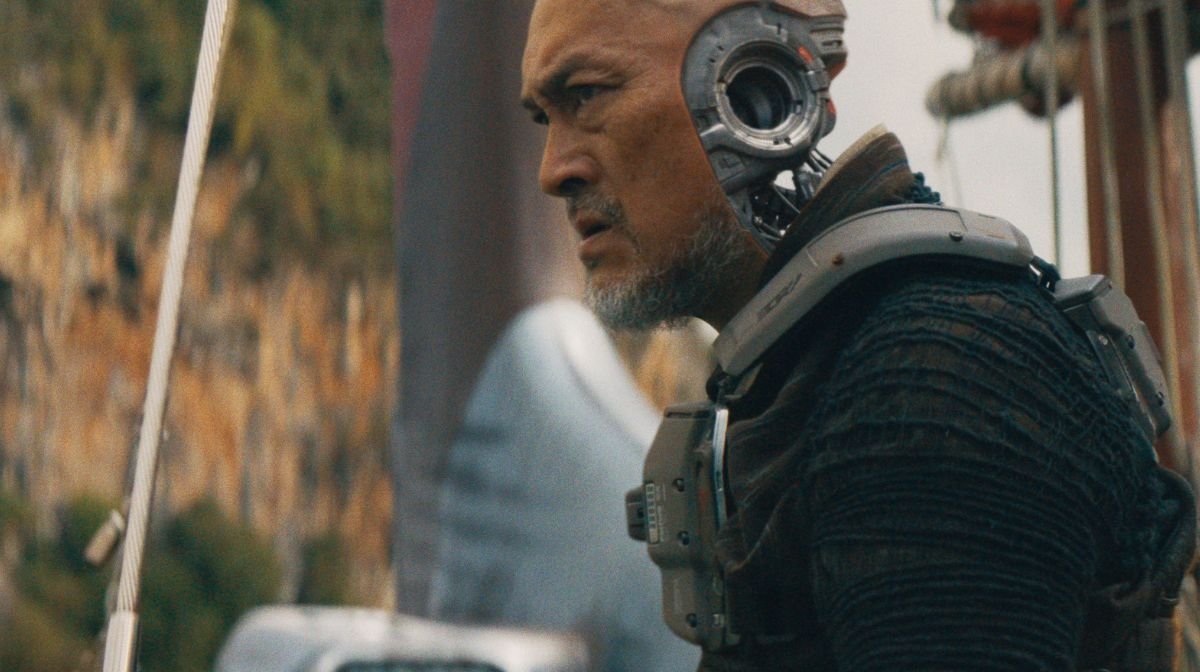
“I wanted to have all the freedom of an independent, very low budget film, but with the crazy scope and spectacle of a massive Hollywood blockbuster, finding the sweet spot between the two. I wouldn’t say I managed to find that, but I got closer than I ever have before.
“It’s been seven years since I did Rogue One, and I was waiting for the right situation where I would be allowed to make a movie the way it should be made, as the process is as important as the story I’m telling. If I couldn’t make this movie by approaching it like an indie movie, I wouldn’t be able to translate how it looked inside my head.”
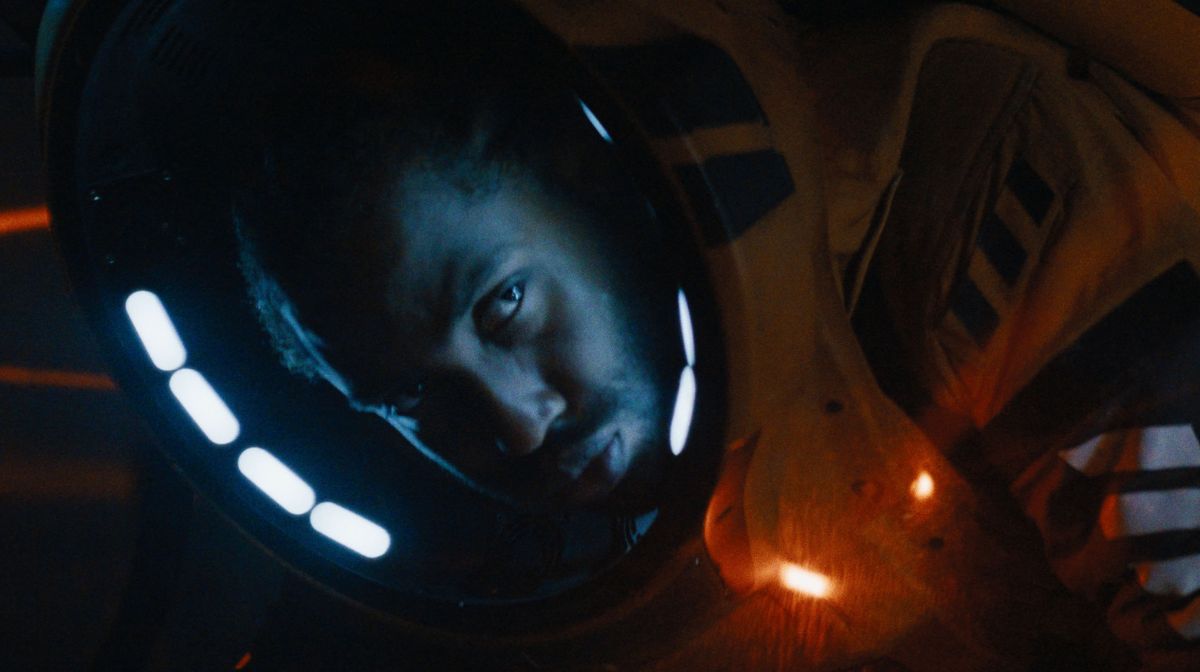
Edwards outlined what he meant by this in a recent Variety interview, where he went in-depth about his unusual behind-the-scenes process.
In short, after working with entire armies of crew members for his two blockbuster efforts, he wanted to strip the number of crew members down to the bare minimum behind the camera. This was to create a more immersive experience for the actors, who wouldn’t be distracted by dozens of movie technicians monitoring their performances.
Alongside Edwards and the cast, the only people allowed on location every single day were the assistant director, a boom operator and a lighting technician. It was designed, as the director put it there, to ensure that if you stood where the actors stood, you wouldn’t even notice the crew hanging around.
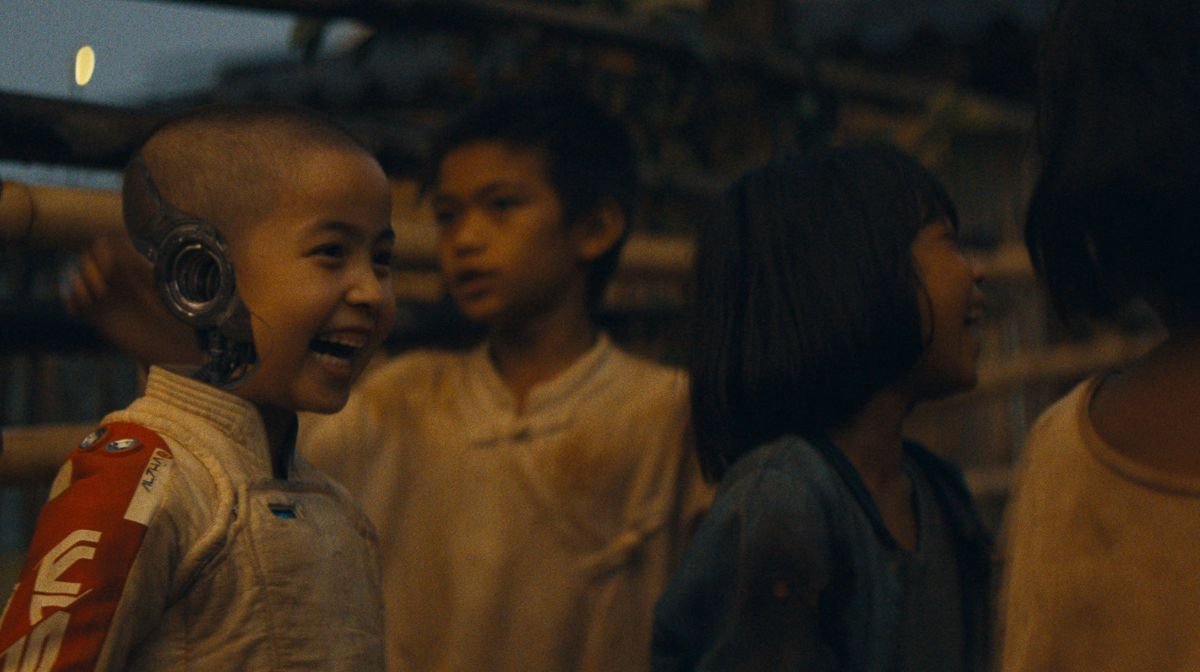
It was a challenge as the director admitted to us: “When you read this script for the first time, you assume it’ll cost $300 million. I don’t approach the story thinking about the budget – and that’s because, if you break things down, most things are doable.
"That budget looks small for a blockbuster but let’s be realistic, you can do anything with $80 million! The challenge was making everybody believe it was all possible, and I had to create storyboards for all the set pieces so I could prove to the team how easy it was to pull this off on a stripped-back scale - soon, everything became tangible and possible, one scene at a time”.
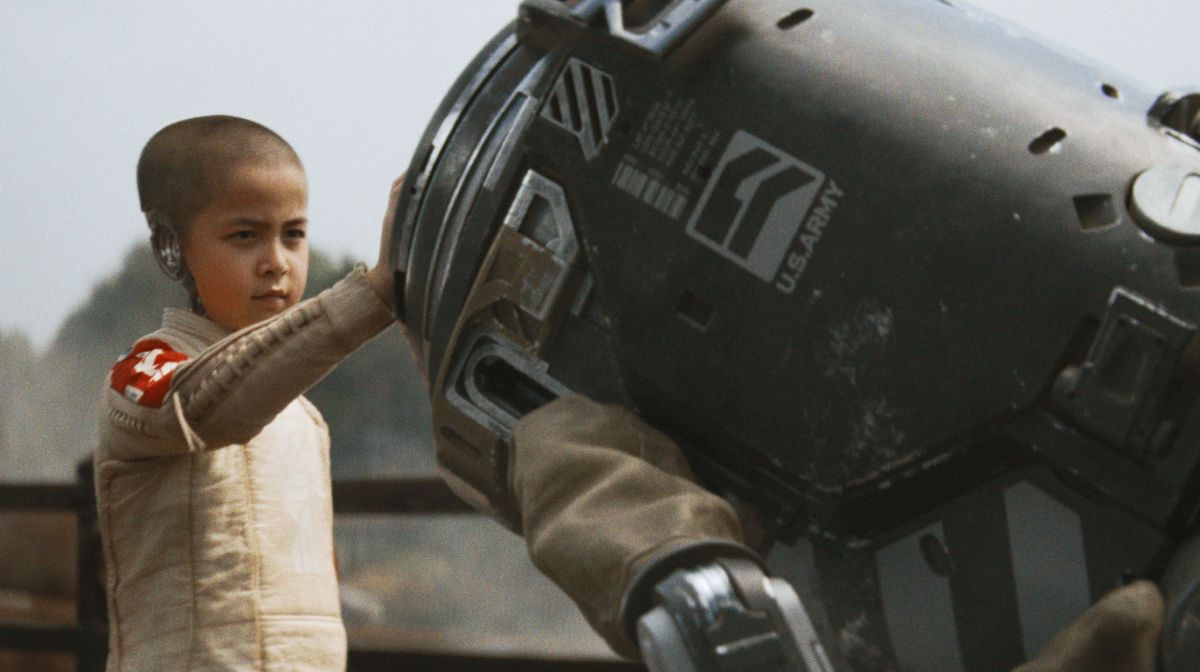
Edwards strayed away from using motion capture on set too, with the special effects enhancements on the actors added in during post-production – a move that’s surprising considering how lifelike everything still looks.
In that sense, The Creator is a spiritual companion piece to Monsters; it’s hard to believe that he managed to create something this visually spectacular whilst pinching the pennies as much as humanly possible. If this is the original vision Edwards can bring to life with $80 million, just imagine what he could do with $300.
The Creator is released in UK cinemas on Thursday, 28th September.
For all things pop culture, follow us on Facebook, Instagram, Twitter and TikTok.

